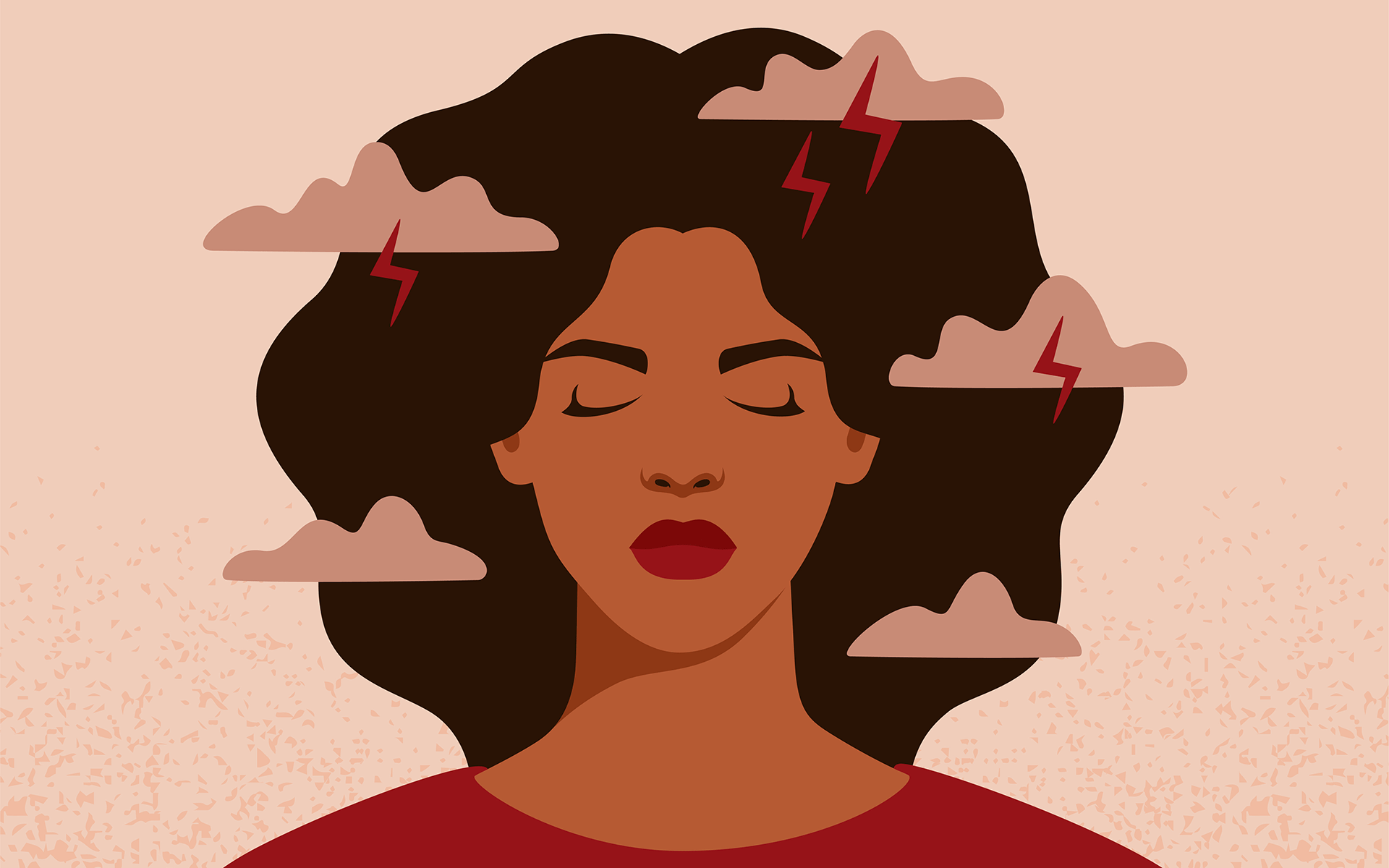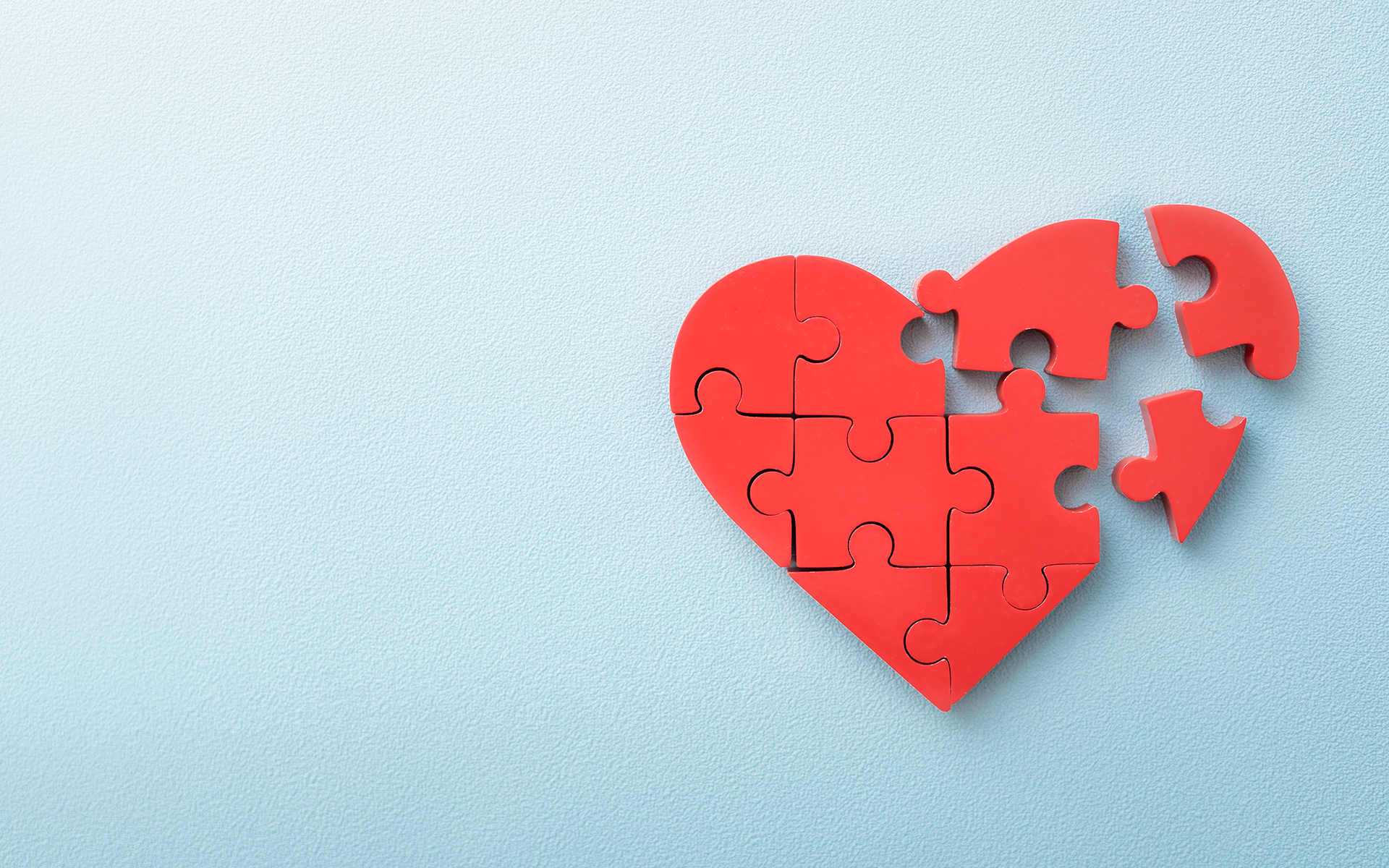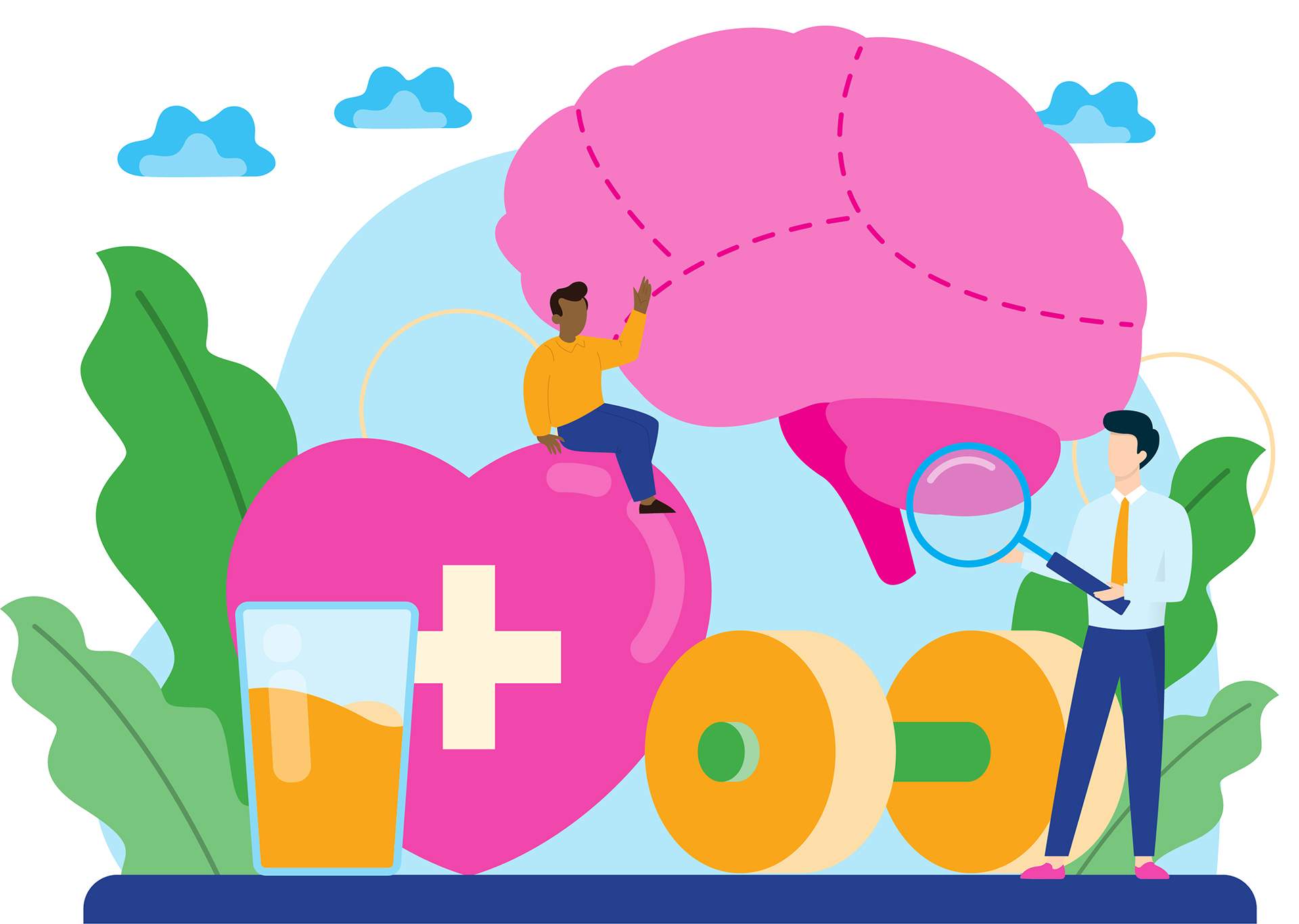Long before I’d ever been to therapy—let alone became a therapist myself—taken a yoga class, or heard the term “mindfulness,” I understood that I had some healing to do. I would not have been able to communicate what exactly was wrong at the time, but I knew I was profoundly unhappy, lost, and directionless. I also instinctively knew that there was something I was searching for—something that would ground me and give me a feeling of purpose in my life.
I first came to mindfulness through my yoga practice. It had never occurred to me that I could intentionally direct my thoughts. I remember the moment I sat on a bench outside of class and felt the sun on my skin, and consciously didn’t let my mind wander.
As I began my wellness journey, I found a lot of empowerment in the idea that I could observe my own thoughts, feelings, and physical sensations, and intentionally direct my attention toward more pleasant or helpful ideas. Because I suffered from anxiety, the practice gave me a tremendous amount of agency over myself when I often felt helpless or out of control, and the idea of choosing to “think positive” helped me connect with a community of people who were also attempting to live with more self-awareness than the people I had grown up around.
Healing practices are replete with bite-sized nuggets of wisdom that we can carry with us throughout our day. However, when we digest these messages without discernment or balance, it is easy to fall into traps of bypassing our human-ness in the pursuit of well-being.
In fact, there are a lot of messages circulating within wellness communities that can be supportive, helpful, and enlightening. Healing practices are replete with bite-sized nuggets of wisdom that we can carry with us throughout our day. However, when we digest these messages without discernment or balance, it is easy to fall into traps of bypassing our human-ness in the pursuit of well-being. It makes sense that we’d want to disown our pain, but if we truly want to heal, we must look to our own darkness, rather than constantly running from it. As Rumi says; “the wound is the place where the light enters you.”
I fell into these traps myself, and while they ultimately became opportunities for growth, bringing awareness to these patterns ultimately made my path clearer.
Overemphasis on the Positive and a Hierarchy of Emotions
This can show up as: “Positive vibes only,” “Your thoughts create your suffering,” and “Let go of emotions that do not serve you.”
As I became more connected to the wellness community, these “stay positive” messages became stifling rather than supportive. I began feeling invalidated when I’d share my struggle, or would find myself feeling guilty or shameful about experiencing negative emotions. This caused me to ultimately ignore myself and the messages my emotions were sending me.
I started to internalize the idea that some emotions like joy, compassion, happiness, and gratitude were to be focused on and cultivated, while others such as anger, grief, jealousy, or sadness were to be, avoided, “transmuted” into positive emotions, or generally rejected.
Since it’s said that “your thoughts create your suffering,” it is implied that thinking about, acknowledging, or exploring these difficult emotions is a sure fire way to make your pain worse.
While observing and then replacing negative, critical, or unrealistic thoughts can absolutely be helpful (and is actually the central practice that Cognitive Behavioral Therapy is built upon), that needs to happen after fully processing the emotions that come with those negative thoughts while also practicing radical self-acceptance and compassion.
There is no such thing as an “unhealthy emotion.”
All emotions are simply data pointing to pain that needs addressing. When we ignore, avoid, or attempt to “fix” our more uncomfortable emotions, we miss a wellspring of opportunity for better self-awareness.
Encouraging people to avoid their difficult emotions in the pursuit of always being happy is not only unrealistic, it can be damaging. When we allow space for processing and sitting with heaviness, we are able to tap into our full humanity.
Exaggerated Detachment
This can show up as: “Anger is unhelpful,” “Let go of all attachment,” and “Caring about the material is detachment from wellness.”
Staying calm in difficult situations or conversations was an exciting experience when I first began to integrate mindfulness skills enough to use them in conflict. It felt incredibly empowering to be able to take a deep breath and access my rational self in situations where that might not have been possible in the past.
This skill can quickly become an overcorrection, where we detach from our reactions to life, constantly seeking to be the “Sage on the Stage,” rather than a full human being with access to a healthy spectrum of emotions.
Being in relationship with other humans is inherently messy, complicated, and can be tumultuous at times. We are relational beings, and with that connection comes the gift of being affected by others. If we are forever seeking to avoid our own reactions, we tend to disown an important and healthy part of relationships.
Another way we tend to detach from life in favor of these practices is in the rejection of the physical or material world in favor of our wellness pursuits.
We need balance to grow into our fullest selves, and sometimes that includes indulging, enjoying, and consuming. It’s whether we do these very human activities with mindful awareness that determines our well-being.
The Myth of the “Higher” Self
This can show up as: “Do not trust your mind—it only wants to control your spirit,” “You must kill your ego to find true freedom,” and “Your lower self is the cause of your own suffering.”
The wellness community can often emphasize an idea of the “higher self,” a version of ourselves that is perfect and completely free from suffering. This idea can be problematic, as it encourages shame when we see ourselves as “lower” than the best version of ourselves. I spent a lot of energy berating myself for mistakes, failures, and “not acting as my highest self” through conflict or difficult situations. I was seeing myself as needing to “heal” all of my flaws, when human nature actually includes some messiness! Healed and unhealed is a false dichotomy. The journey of healing is a spiral that leads us deeper into connection with ourselves and others, and each of us will always be walking that spiral.
I spent a lot of energy berating myself for mistakes, failures, and “not acting as my highest self” through conflict or difficult situations.
I prefer to shift this idea to a less perfect and more human version—my “grounded” self. The part of me that remembers to trust the flow of life. The part of me that takes a deep breath and floats down the river, trusting myself to handle whatever comes and focusing on the next right choice in front of me. This part of me will always be available when I can remember to slow down and tune in to my current experience.
Over-emphasizing the positive, exaggerated detachment, and the myth of the higher self are just a few ways the pursuit of wellness can be hijacked by the ego. Falling into these traps along our healing journey may just be part of the journey itself. Rather than criticize or judge ourselves, we have the opportunity to grow our awareness and celebrate our observation skills when we see that we are bypassing our own reality. True wellness means embracing the fullness of being human with equanimity and balance. When we can learn to sit with our shadows as well as the light, we are able to be truly present with life.
read more
A 12-Minute Meditation to Foster Compassion
In this guided meditation from Tara Brach, we investigate a relationship where there is tension or conflict. With compassion for ourselves and for the other person, we can go beyond the difficulty and find healing.
Read More
How to Change Your Habits with Mindfulness
Learn about the mechanics of habit formation and observe them at work in your mind and body. By bringing awareness, and injecting curiosity and kindness into the process, you’ll be able to reevaluate and change your habits.
Read More
Mindful Books and Podcasts to Curl Up With This Fall
As the weather changes, we’re spending a little less time outdoors and a little more time inside staying warm. Here are the Mindful editors’ recommendations for a cozy night in.
Read More









